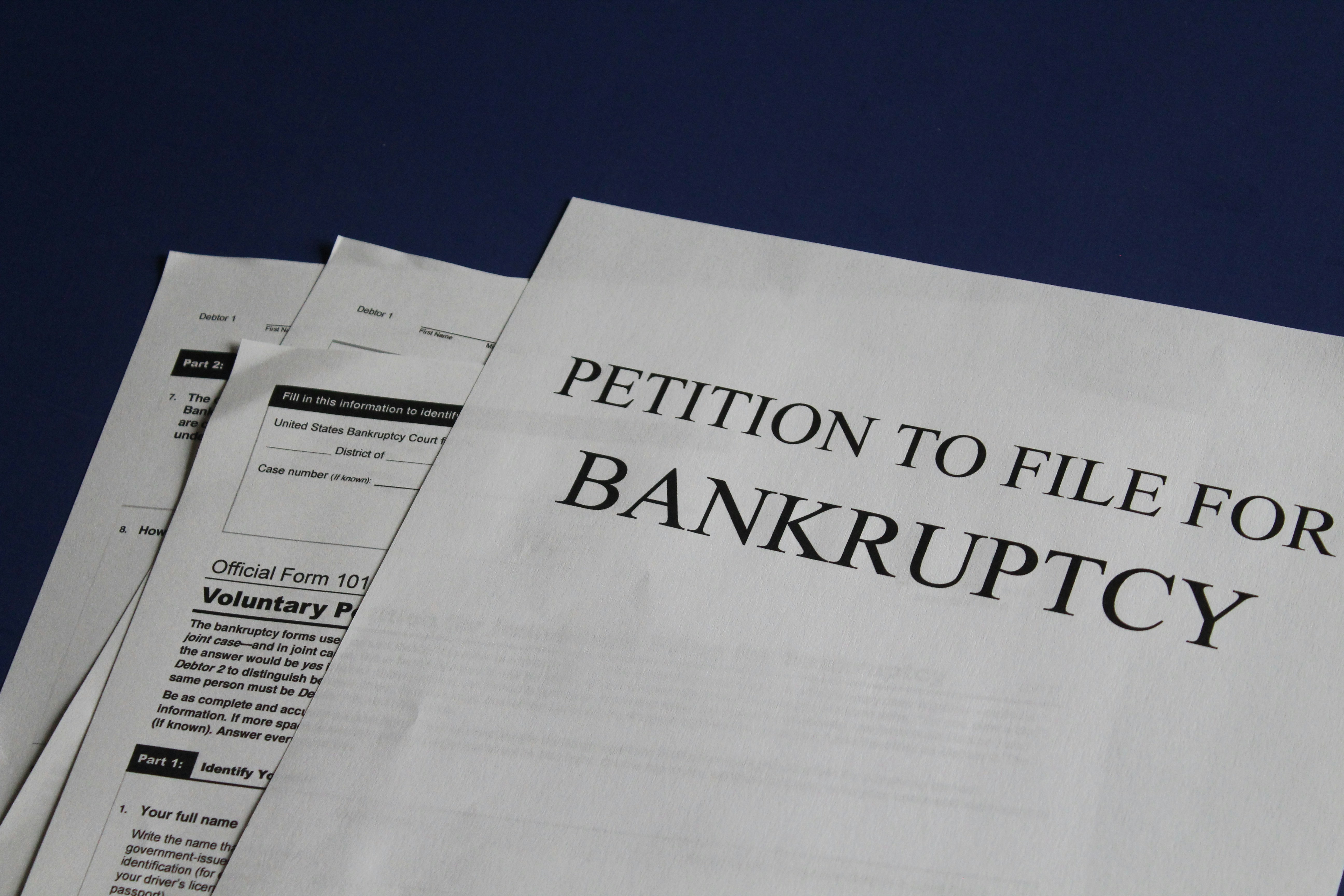What’s a Good Time Interest Earned Ratio?
Out of several types of financial ratios, the Times Interest Earned Ratio (TIE Ratio) is a popular option for examining a company’s financial statements. A company’s Times Interest Earned Ratio, or Interest Coverage Ratio, is a measure of its ability to pay off its current debt obligations.
The Times Interest Ratio of a company is calculated using a company’s total income before taxes (EBIT) and their total interest expenses. By dividing the EBIT by the total interest expense the resulting debt ratio shows how capable a company is to pay its annual interest expense. A company with a higher ratio is more likely to fulfill its interest obligations because its net income is much higher than its current interest expense, and this company is less likely to be spending irresponsibly and beyond their means.

The Times Interest Earned Ratio can also be used as a solvency ratio because it’s a good indicator of a company’s likelihood to either prosper or fail. If a company’s Times Interest Earned is low, they are likely borrowing more than they can afford and not thinking of its income tax expense and interest charges on a long-term basis.
Creditors and lenders evaluating income statements and performing credit checks are a good comparison to the TIE Ratio of a company for investors. If a borrower is unreliable with their payments and they have a high debt ratio, then lenders won’t approve them for a new loan because it’s likely that they don’t have enough money to pay off their current debts. The same can be assumed about a company using their TIE Ratio.
A Good TIE Ratio
A high ratio for a company’s times interest earned is generally considered to be a good TIE Ratio. This is because a high TIE Ratio typically means a company’s earnings before income taxes, their EBIT, can pay their interest expense a certain number of times over. A higher number means their earnings are much higher than the time interest the company must pay. Having a proportionate amount of income to interest payments also typically means solvency is unlikely for this company.

Although a company’s Interest Coverage Ratio can be a good factor to consider initially when looking for a company to invest in, it’s not always the most accurate measurement of a company’s success or determinate of its future. This is because the company’s earnings that are compared to the amount of interest expense are before income taxes.
This means it’s not the real total of a company’s profits, and it’s definitely not representative of the amount of money the company has on hand at any given moment. The Interest Coverage Ratio also doesn’t take into account any additional debt the company may have, which if these debts were factored into the equation, the ratio would likely decrease drastically.
What does a good TIE ratio mean for you?
Even though a higher ratio for interest coverage isn’t always the best measure of a company’s ability to fulfill all of their debt obligations, it doesn’t mean the TIE Ratio should be discounted completely. A company’s earnings could differ from the EBIT used to determine their TIE Ratio, this doesn’t necessarily mean the company doesn’t have enough money to cover their current interest expense.
The TIE Ratio can still be a good indicator of a company’s responsibility when it comes to allocating funds and paying their interest expense. Even if the equation used the company’s income with the income tax expense factored in rather than using the EBIT, the company could very well still have a proportionate amount of income compared to the interest expense.

With all of this in mind, you should look for companies with higher TIE Ratios when you’re considering investing, but this can’t be the only element you factor into your decision. There are several different kinds of financial ratios you can use to help determine if a company is worth your investment and time.



